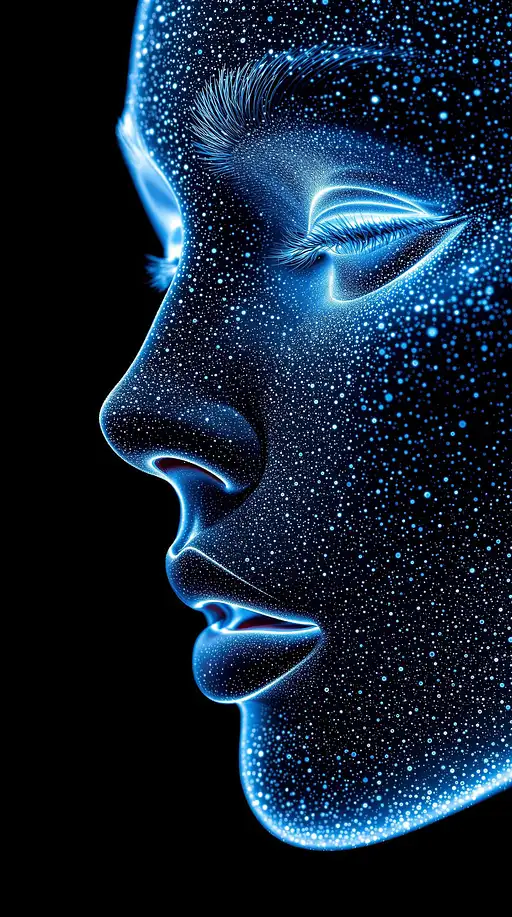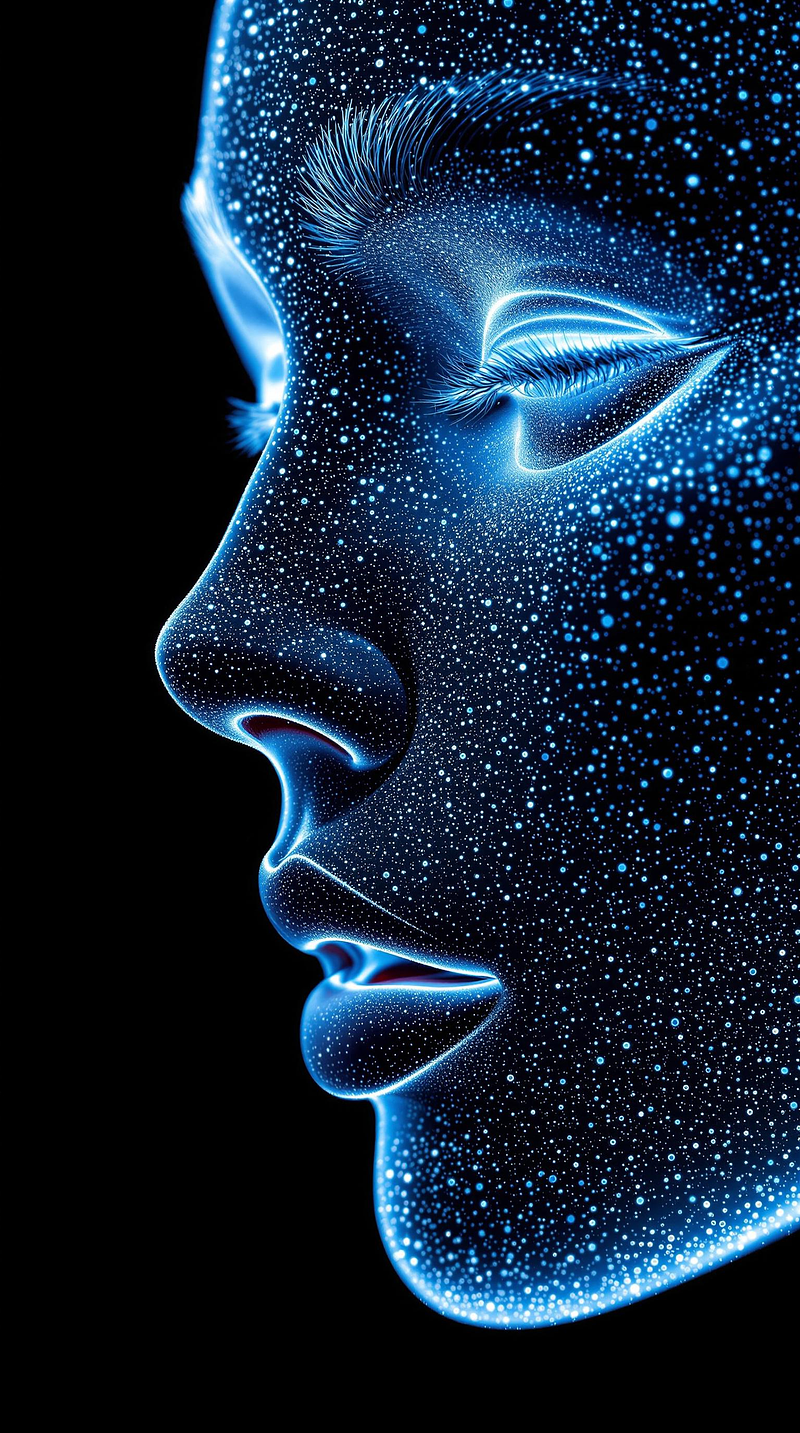6 months ago
beautiful face, real skin, real face, long beautiful hair, big chest, full body skydoll, cyberpunk 2077, Ghost in the Shell, Deus Ex, Blade Runner, Matrix, smoke, UHD, details, insane details, hyper detailed, micro details, 50mm, f/1.6, photography, intricate details, photo realistic, finely detailed outfit, octane render, Unreal Engine, by Weta Digital, by Wêtà FX, by WLOP, Cinematic, Color Grading, Editorial Photography, Photography, Photoshoot, Gamma, White Balance, Neon, Light, Dark, Light Mode, Dark Mode, High Contrast, 5D, 32k, Super-Resolution, Megapixel, ProPhoto RGB, Big, Spotlight, Frontlight, Halfrear Lighting, Backlight, Rim Lights, Rim Lighting, Artificial Lighting, Natural Lighting, Incandescent, Optical Fiber, Moody Lighting, Cinematic Lighting, Studio Lighting, Soft Lighting, Hard Lighting, volumetric Light, Volumetric Lighting, Volumetric, Contre-Jour, Rembrandt Lighting, Split Lighting, Beautiful Lighting, Accent Lighting, Global Illumination, Optics, Materiality, Ambient Occlusion, Glowing, Shadows, Rough, Shimmering, Ray Tracing Reflections, Lumen Reflections, Screen Space Reflections, Diffraction Grading, Chromatic Aberration, GB Displacement, Anti-Aliasing, FXAA, TXAA, RTX, SSAO, Shaders, OpenGL-Shaders, GLSL-Shaders, Post Processing, Post-Production, Cel Shading, Tone Mapping, CGI, VFX, SFX, insanely detailed and intricate, [...] --ar 2:3 --q 1


